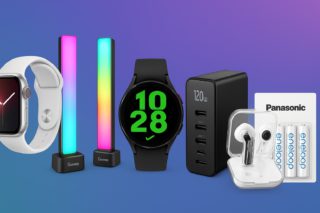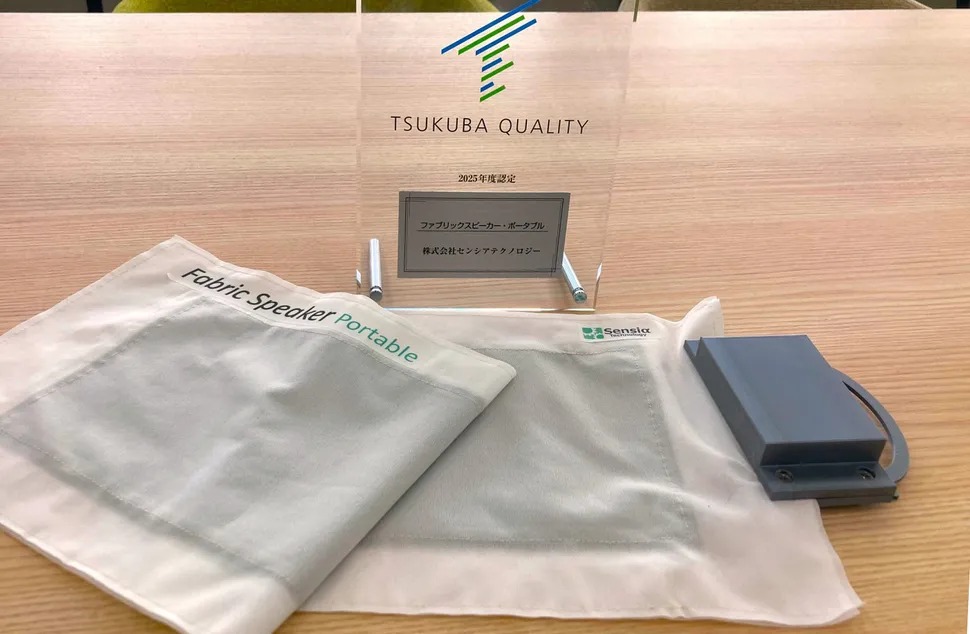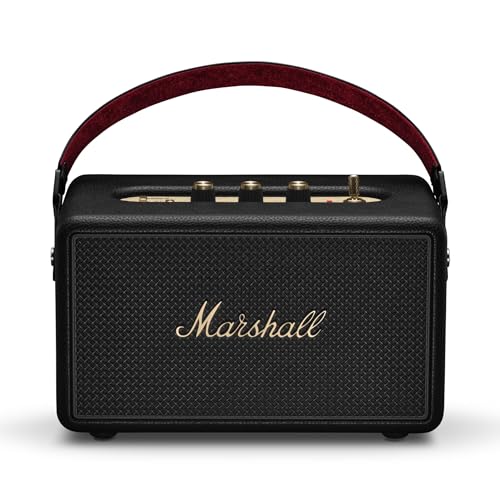Ultrathin phones demand brutal compromises, but Apple might finally crack the code on fitting dual cameras into the iPhone Air’s svelte frame. New leaks suggest the company is evaluating a second rear camera for 2026’s iPhone 18 Air—a move that would fundamentally challenge the design philosophy that made the Air series possible in the first place.
Engineering Nightmare Meets User Demands
Apple’s signature “plateau” design currently can’t accommodate dual cameras without major internal redesign.
The iPhone Air’s horizontal camera plateau houses most of the phone’s guts, leaving precious space for the battery that keeps your device running all day. Adding a second camera means redesigning this entire internal architecture—like trying to fit a second engine into a Tesla Model S without making it look like a pickup truck.
Your sleek 6.5-inch phone suddenly faces the physics of cramming 48MP main and ultrawide cameras into a chassis that prioritizes thinness above all else. This isn’t just about adding hardware; it’s about reimagining how Apple balances form and function in its most design-focused product line.
The Leaked Specifications Promise Everything
Dual 48MP cameras could transform the Air from compromise device to photography powerhouse.
According to Digital Chat Station, a leaker with a solid track record, Apple is considering 48MP main and ultrawide cameras for the iPhone 18 Air. The rumors even mention a potential telephoto lens if engineering wizards can make it work.
But here’s the reality check: Apple is still “evaluating” this change, meaning your 2026 upgrade plans shouldn’t bank on it happening. The company has built its Air reputation on accepting camera limitations for design gains—a philosophy that served them well but now faces serious market pressure.
Industry Pressure Mounts for Slim Powerhouses
Competitors are cramming advanced optics into increasingly thin devices, leaving Apple’s Air behind.
While previous Air models accepted single-camera setups as the price of admission, the smartphone landscape has shifted dramatically. Samsung, Huawei, and Xiaomi have proven that thin doesn’t have to mean photographically limited.
Even Apple’s own rumored iPhone Fold targets dual 48MP cameras in an impossibly thin foldable chassis. Your photography expectations have evolved faster than Apple’s Air engineering—and the company clearly recognizes this competitive gap.
What This Means for Your 2026 Decision
Form versus function reaches its breaking point in Apple’s most design-focused lineup.
If Apple pulls this off, the iPhone Air transforms from a beautiful compromise into a legitimate flagship alternative. You’ll get advanced photography capabilities without the bulk of Pro models.
But if engineering realities force another single-camera Air, you’ll face the same choice that’s defined this series: accept photographic limitations for unmatched portability, or carry something thicker for better shots. Either way, 2026 will clarify whether Apple can solve its most challenging design puzzle yet.





























